Australian children’s literature
About this module
The items highlighted in the module were part of the exhibition Story Time: Australian Children's Literature at the National Library of Australia from 22 August 2019 to 16 February 2020.
Copyright for teachers
You can download all collection materials in this resource for education purposes. For more information, go to copyright for teachers.
Topics in this module
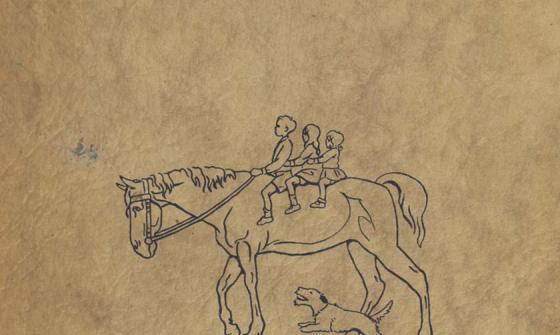
Ruth Hawker and Nora Young, Us three outback, 1932, nla.gov.au/nla.obj-3589536
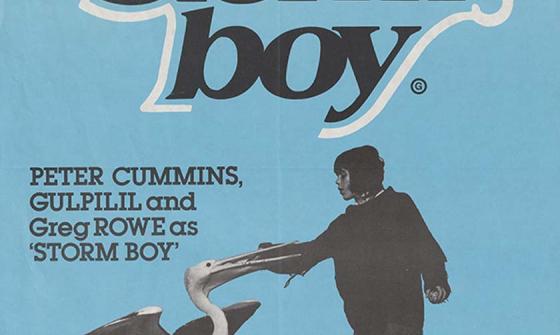
Every year has its special film - this year it's... [picture] : Storm Boy, 1976 nla.gov.au/nla.obj-133752089
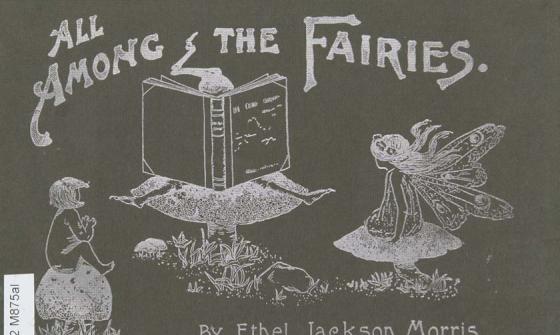
Ethel Jackson Morris, All among the fairies, 1909, nla.gov.au/nla.obj-22387121
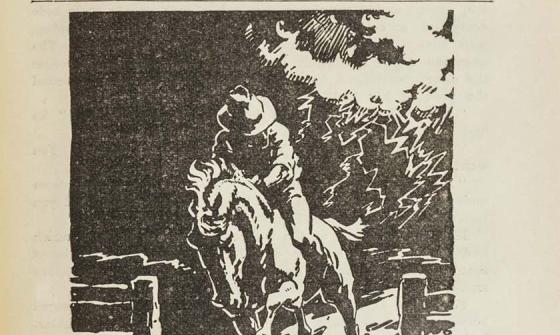
New South Wales. Department of Education, The Warrumbungle Mare. (1 September 1949). In The School Magazine of Literature for Our Boys and Girls, Vol. 34, no. 7 (Part 4, Class 6), nla.gov.au/nla.obj-827990456
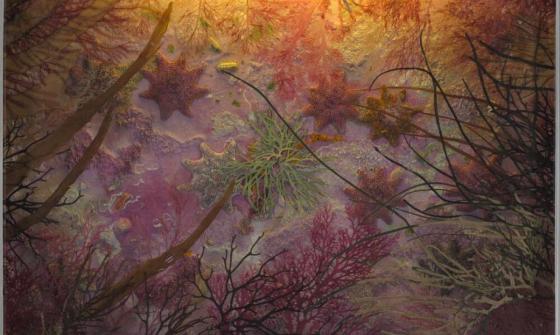
Jeannie Baker, Hidden Forest, Endpapers, 2000, nla.gov.au/nla.obj-971313378
Introductory activities
Activity 1: Explore The School Magazine
Browse digitised issues of The School Magazine, published continually by the New South Wales Department of Education since 1916. With over 1,100 editions available from 1916 to 1949, the collection offers a wide variety of short stories, rhyming verse, poetry and non-fiction written for young readers in the early to mid-20th century.
Use the collection to introduce a unit on literature. Invite students to explore different forms of writing and discuss the topics and language used at the time.
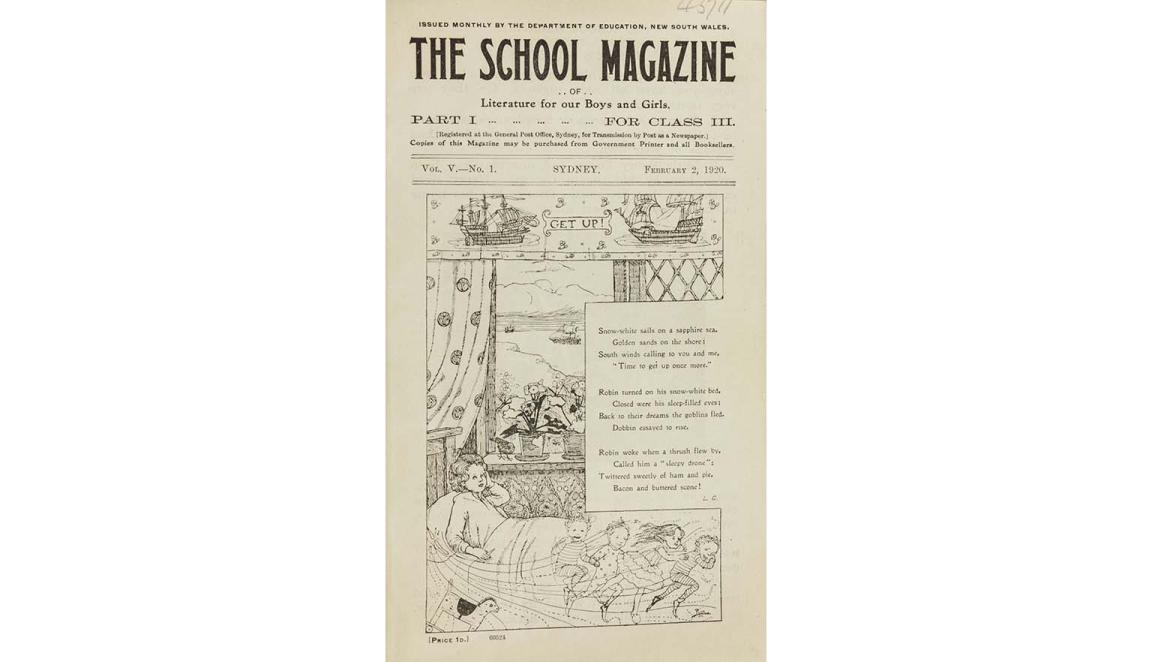
New South Wales. Department of Education, The school magazine of literature for our boys and girls, nla.gov.au/nla.obj-748113553
New South Wales. Department of Education, The school magazine of literature for our boys and girls, nla.gov.au/nla.obj-748113553
Concluding activities
Activity 2: Create a crossword
Have students create a crossword using words from a story they've been reading or a topic covered in class. Ask them to write creative clues to prompt deeper understanding of the vocabulary and themes.
Activity 3: Visual response to literature
Ask students to choose a favourite piece of literature and create a visual artwork that reflects its meaning and their emotional response.
They could:
- use mixed media such as paint, crayons, ink, collage, newspaper cuttings, maps or quotes
- create a series of images to represent different parts of the story
- display their work and reflect on how it makes them and others feel
Activity 4: Write from another perspective
As a class, read a book (or continue reading one already in progress) and ask students to write a creative piece from the perspective of a character who is not the lead character.
Prompt them to consider:
- how this character is affected by the narrative
- what they think of the main characters
- how their version of events might differ
Curriculum links
This resource is aligned with the Australian Curriculum: English for Year 4 students.
- Literature and context: Recognise similar storylines, ideas and relationships in different contexts in literary texts by First Nations Australian, and wide-ranging Australian and world authors (AC9E4LE01)
- Examining literature: discuss how authors and illustrators make stories engaging by the way they develop character, setting and plot tensions (AC9E4LE03)
- Engaging with reponsding to literature: Describe the effects of text structures and language features in literary texts when responding to and sharing opinions (AC9E4LE02)
- Creating literature: Create and edit literary texts by developing storylines, characters and settings (AC9E4LE05)



